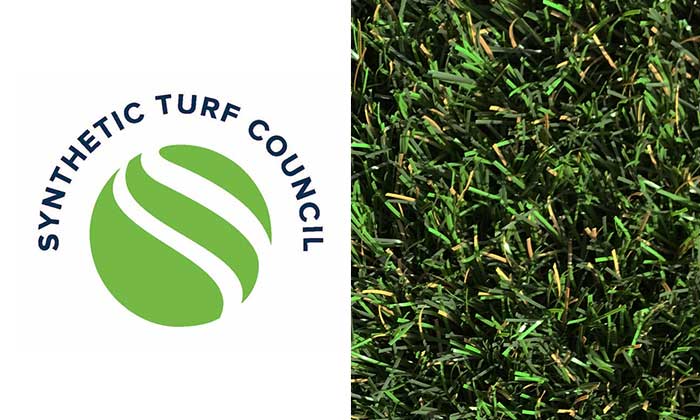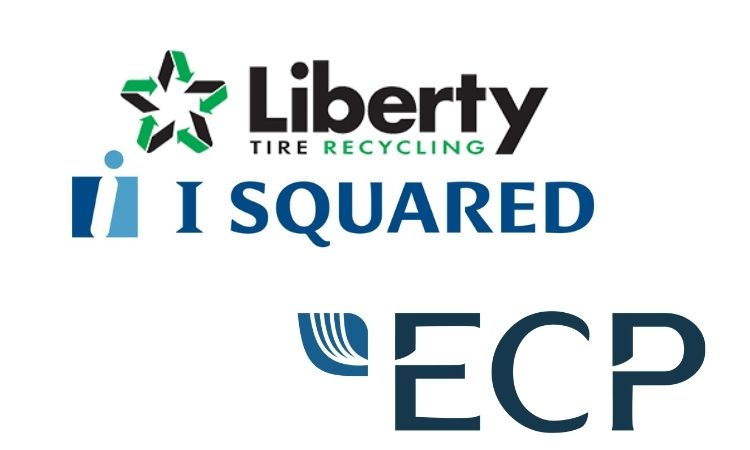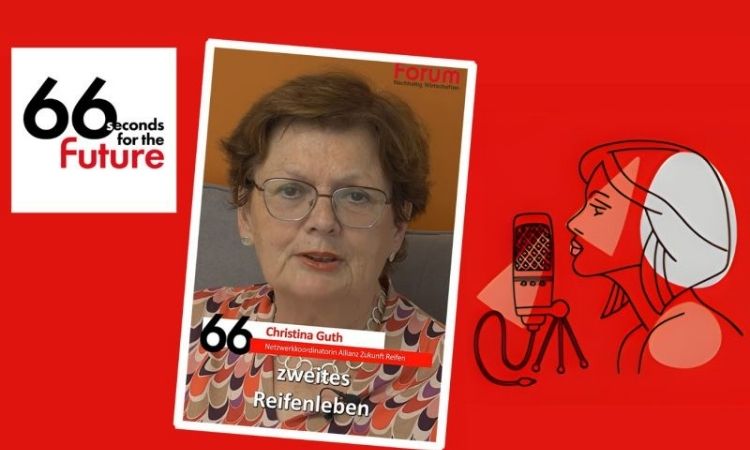Weibold Academy: Watch out if you consider low-priced pyrolysis technology
Attempting to cut costs while launching a tire recycling or pyrolysis business, companies often fall prey to low-quality equipment manufacturers whose equipment does not fulfill to their promises. Typically, such a low quality equipment has far more attractive prices and very often comes from countries, where labor and material costs are still very low. Although seemingly benefitting its buyer through low initial capital investment, such equipment can kill a young pyrolysis company or seriously undermine its operation.
In this article Weibold focuses on issues of low-priced pyrolysis machinery and sheds light on the most common problems occurring with such pyrolysis equipment suppliers.
1. Type of reactor
In pyrolysis, there are two major types of production processes – batch and continuous. Whereas the latter enables an operator to feed in the input and receive the output without interruptions, the former requires significantly more energy during production and decreases plant’s efficiency – heating up and cooling down the reactor, loading and unloading batches and other processes force idle down time.
The majority of low-priced pyrolysis equipment suppliers manufacture predominantly batch systems. This type of installation can only be used in countries with low labor costs and low health, safety and environmental (HSE) standards. Conversely, it means very expensive operation for businesses located in the EU, the United States and other regions with relatively high per capita income.
In Europe and in the U.S., it is nearly impossible to obtain permits for installation and operation of such systems, as in the majority of cases the machinery doesn’t meet environmental standards and pollutes the environment. In addition, safety standards are relatively poor and the plants require a lot of manual labor. Often, this means working inside the reactor, in direct physical contact with char, inhaling toxic fumes and exposing worker crews to severe health risks. The machinery simply wouldn’t be safe for its operators’ health and would violate HSE regulations.
2. Output quality
Further exacerbating the problems of such installations is the fact that the quality of output products is rather poor. In Weibold’s experience there are no high-value sales markets for such products because they do not correspond to any product requirements or standards. The obtainable specifications for the so-called “diesel” and “gasoline fuel” produced by low-grade ELT pyrolysis systems do not comply with international fuel standards. Many pyrolysis equipment suppliers promise that their equipment will produce to such standards, but over 20 years of Weibold’s experience show that less than a handful of such suppliers have been able to fulfill that promise. Our team arrived at this conclusion from experiences related by a multitude of companies who purchased low-priced pyrolysis equipment. As a part of our competence, we continuously screen suppliers from all over the world and update our reference database to help customers take a rigorous approach to finding reliable equipment suppliers.
3. Rigorous standards of the EU vs. semi-regulated markets in developing countries
The European environmental regulations prohibit the use of pyrolysis fuel as heating oil or fuel for vehicular engines, in contrast to some developing countries. Therefore, the only opportunity to sell the output often is as diesel-like fuel for power generators. Because of the poorly separated, unstable and still contaminated nature of the oils and fuels from such batch reactors they cause heavy pollution and increased wear when fired in power generation engines. Because of this they can only be added in small quantities and achieve a poor price for the pyrolysis operator.
An alternative approach sometimes is to try and sell the output to oil refineries. However, it is currently immensely difficult to sign supply agreements with refineries, mainly because they are used to processing thousands of tons of oil per day. An average batch pyrolysis plant can, at best, supply one tank trailer with fuel every second day. Obviously, these quantities are of little or no interest to refineries.
While regulations for burning of waste derived fuels in developing countries are much more lax todate, allowing for greater acceptance of these fuels just based on their calorific value and price, recent clamp downs on emissions by authorities in major Asian countries prove that there, too, the markets for indiscriminate burning of uncontrolled fuels is drying up.
4. Low-quality materials and low-quality assembly
Unfortunately, most of the low cost pyrolysis equipment suppliers employ unskilled labor and use low-value materials in equipment design, which results in the very low quality of the equipment. We have observed that, as a rule, welding quality of the reactor body, as well as that of other modules, is often unacceptably poor. Type of steel used for the tanks is of average quality and, in many cases, too thin, which results in uneven temperature distribution and the reactor wearing down in less than one year. Our experience says that negligibly little attention is usually paid to appearance of the equipment, – but this is only the first thing catching the customer’s eye. Evidence of shoddy craftsmanship include welding beads that are not removed but painted over, flanges and pipe tails not ground smooth nor deburred, steel parts that are neither sandblasted nor de-greased nor primed before painting, equipment that is merely painted on rusty steel parts where the rust comes through the paint in a few weeks. While not all these deficiencies necessarily affect the equipment’s functionality, the unprofessional workmanship and design affects the critical parts.
5. Negligence in system design
In order to reduce the cost to manufacture the plant equipment, suppliers use low-priced components of inferior quality. For example, the heat exchangers, fuel pumps, pipes and fuel tanks are often not made from stainless steel, although it is known that pyrolysis oil is very corrosive. Also, the exhaust fan used to convey exhaust gases through the scrubber into the exhaust pipe and chimney is often made of plain carbon steel, causing premature corrosion from the exhaust gas condensate containing sulfuric acid.
6. Quality of documentation
Another issue is poor documentation. Quotations and engagement contracts often consist of as few as five page documents with poorly translated equipment descriptions, ambiguous performance specifications, and a few copies of quality certificates and awards of unverifiable origin attached. This makes it difficult to hold the supplier accountable to any product and commissioning works criteria. Comparable contractual instruments from professional suppliers, as a rule, consist of some 50+ pages, explaining the process and setup in a lot of detail.
Also, Weibold often encounters the problem that such suppliers do not provide adequate technical descriptions of plants’ components, functional descriptions, process flow diagrams, operational instructions, consumption data, emissions parameters and additional equipment required.
We hope that sharing the experience of our customers and describing the most common problems occurring with low-quality pyrolysis equipment manufacturers will help young pyrolysis companies around the world avoid common pitfalls and take a rigorous approach to choosing equipment suppliers. Don’t get caught by low prices and false promises. We highly recommend carrying out a thorough due diligence.
How Weibold can help
Conceiving an economically viable pyrolysis plant is an iterative process that has to investigate, eliminate and make trade-offs on a large number of variables in a methodical way. Feedstock, markets, CAPEX limits and technology choices are interdependent, and any one parameter can have a large impact on the final economy and profitability of your operation.
At Weibold we have developed such a methodical approach. In the Pre-Feasibility Study we analyze material sources, markets for specific locations and the customer’s plans in cooperation with the customer and arrive at a high level technical and economic model before choosing technology suppliers. We highly recommend you do this study before delving into searching and comparing equipment vendors.
In the Pre-Feasibility Study we first agree with the Client - in a short conference - on a list of parameter ranges, which include:
- A general identification of what is known and what needs to be researched regarding the nature and origin of the planned feedstock supply.
- Ranges and limits for the size of the intended investment (this could also include optional scenarios for larger investments)
- A general identification of the type of products we want to produce and the categories of off-taker customers we would like to sell them to.
- If they exist, a set of preferences for the technology we would like to implement and the type of relationship the project initiators would like to engage with the technology supplier.
- Any constraints that exist regarding the location of the plant, size and nature of the planned plant site, and the logistics of transporting goods to and from the site.
- Any local relations, connections and opportunities the Client might have that can positively affect the outcome of the project.
- Any research already conducted and findings by the Client which should be considered in the Study.
Based on these agreed to parameters, we will then develop a model which should provide a basis for a Yes/No-go decision to the Client and his/her investors and a blueprint for designing the plant, choosing technology suppliers, devising an operational concept and developing products and markets. To do that, we will conduct research for the Client’s specific situation and report the findings, including:
- A detailed introduction to pyrolysis taking into consideration the complete product spectrum (tire derived oils, ashes and/or recovered Carbon Black, gas, steel).
- A high-level survey of the available feedstocks.
- An overview about rules, regulations and the current legal framework for tire recycling operators and the use of tire derived products in the Client’s territory.
- A section about understanding pyrolysis technologies. It will inform about the production process and describes the different equipment types required to successfully pyrolyse tires.
- A recommendation for the major components to be included in the plant’s process, including pre-processing and post-processing equipment.
- Applications for a pyrolysis plant output suitable for the local and other applicable markets.
- tire derived oils (various grades)
- lubricants
- recovered Carbon Black and/or ashes
- steel
- Success factors for a pyrolysis project in the Client’s location.
- A general summary of the current and future trends and innovations in the fast-paced pyrolysis industry. This section will focus on the latest technologies and techniques to add-value.
- A ranked high-level survey of potential markets and industries, that are reachable for the Client’s specific location and situation
- Recommendations for choices of product output and corresponding investments into equipment will be explained and include:
- The process of selecting a technology supplier
- Selection criteria
- An overview of technology suppliers
- A high level analysis of the economic factors affecting the choices of technologies/products to be implemented, and their corresponding Key Performance Indicators (KPIs), including:
- CAPEX, OPEX
- P&L impacts (revenues and costs)
- Return on Investment (ROI, ROE and IRRs)
- Cash Positive Points (Investment Recuperation Time)
- A qualitative analysis of the choices and recommendations on focus points for continuation of the project.
This Pre-Feasibility Study should allow you to decide whether or not to go forward and to start planning the project in detail. Of course, if you desire, in the next steps we can continue to support you in the following ways:
- A Technology Evaluation, in which we together select a short list of pyrolysis technology suppliers that will be applicable to your needs and obtain binding quotations for a specific set of equipment. We will then rank them and recommend choices. If desired, we can also help negotiating a contract on your behalf. Depending on what products we agree need to be produced, we also might have to select and get quotes from suppliers of pre- and post-processing machinery.
- You possibly might also want a Financial Modeling and Planning module in which we create a very detailed 10-year finance plan with all the cost, labor, CAPEX and OPEX, and quality parameters made explicit. This will give you a budget for investment as well as a detailed economic analysis of margins, ROIs, yields, cashflows, balance sheets, recuperation times, and the usual key performance indicators that can be used for management and investors.
- Very popular amongst our clients is our Market Study Module, where we pro-actively research existing and promising applications and where we directly approach potential customers and inquire their existing and future needs.
- If desired, we can also write a Bankable Business Plan, in which all the assumptions, technological aspects, products, risks, investments operational parameters and financials are researched, described and summarized in a professional document. This is usually needed for financial institutions if there is a formal risk management involved in analyzing and improving an investment (private equity, funds, banks).
If you are launching a tire recycling or pyrolysis business, Weibold can help you identify reliable suppliers and best production technologies. Please consider Weibold’s Technology Evaluation service for more details or write us at sales@weibold.com.
Weibold is an international consulting company specializing exclusively in end-of-life tire recycling and pyrolysis. Since 1999, we have helped companies grow and build profitable businesses.









